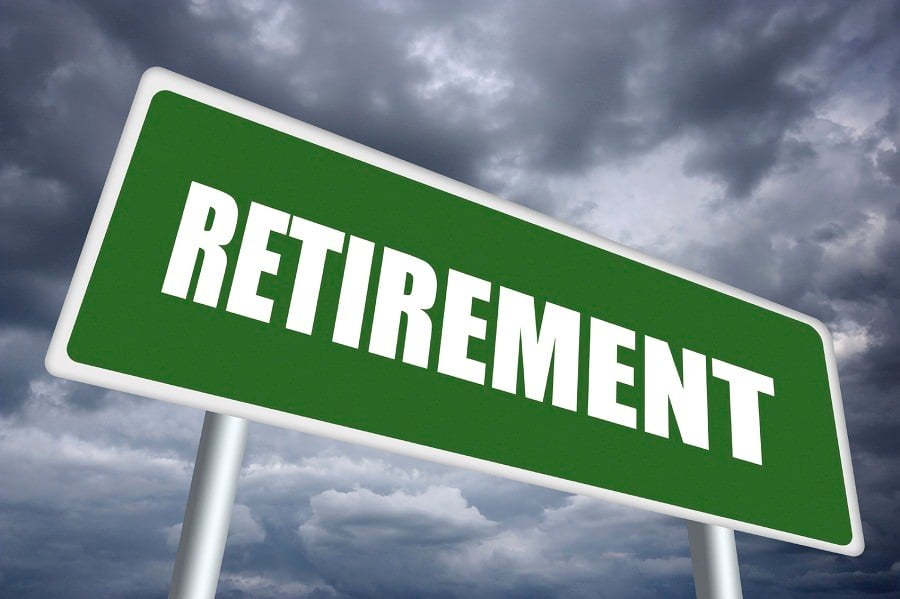

Despite steady confidence levels, American workers and retirees continue to voice serious concerns about the long-term viability of Social Security and their ability to manage rising costs, according to the 2025 Retirement Confidence Survey from the Employee Benefit Research Institute and Greenwald Research.
The 35th edition of the annual report found 67 percent of workers and 78 percent of retirees are confident they will have enough money to live comfortably in retirement. However, the stability in overall sentiment belies underlying anxieties about inflation, market volatility, and federal retirement programs.
“Workers and retirees generally appear to be remaining confident about their retirement prospects. However, they are concerned that federal government programs for retirees such as Social Security and Medicare will be cut,” Craig Copeland, director of wealth benefits research at EBRI, said in a statement Thursday.
Social Security continues to play a pivotal role in retirement income. Nearly all retirees in the survey (94 percent) reported relying on it, with two-thirds identifying it as a major income source. Among workers, 87 percent expect Social Security to provide retirement income, though only 36 percent believe it will be a primary source.
Still, just half of workers feel confident that Social Security will continue to deliver benefits comparable to today’s levels – possibly due to concerns about the federal program's solvency as well as recent disruptions at the Social Security Administration.
Market volatility and inflation remain top concerns. Eight in 10 workers fear that the rising cost of living is crimping their ability to save, and more than seven in 10 worry they may have to cut spending significantly as a result. A majority also cited housing costs and the unpredictability of the financial markets as financial stressors heading into retirement.
“The concern about Social Security is especially prominent… In addition, workers are concerned about inflation negatively impacting their ability to spend as well as the volatility of the stock market,” Copeland added. “Not only are workers concerned about having to cut their spending, but they are also concerned that the higher costs will reduce their ability to save as much as they want.”
Health care costs are another significant factor. Over half of workers say medical expenses negatively impact their ability to save. Meanwhile, 38 percent of retirees report higher-than-expected health and dental costs. Despite this, only four in 10 workers have calculated how much they might need for future health care or long-term care needs.
The study also highlights growing interest in guaranteed income options. About three-quarters of workers agree having default investment options with income features in defined contribution plans is appealing, and a quarter of those participating in workplace retirement plans expect to purchase a guaranteed income product upon retirement.
Workplace retirement savings plans remain a key expected income source for 84 percent of workers, with 73 percent of retirees reporting personal savings or investments among their primary resources. Still, one in five workers have already taken a withdrawal or loan out of their plans to cover emergencies, including medical bills and basic living expenses.
Even as financial confidence holds steady, fewer than half of workers and retirees report working with a financial advisor. Yet demand for professional advice is growing. Roughly 50 percent of workers who aren’t currently engaged with an advisor say they would like to in the future. Many cite the need for help calculating whether they have saved enough, planning for health care and long-term care expenses, and knowing what to do with workplace retirement savings once they retire.

Chasing productivity is one thing, but when you're cutting corners, missing details, and making mistakes, it's time to take a step back.

It is not clear how many employees will be affected, but none of the private partnership’s 20,000 financial advisors will see their jobs at risk.

The historic summer sitting saw a roughly two-thirds pass rate, with most CFP hopefuls falling in the under-40 age group.

"The greed and deception of this Ponzi scheme has resulted in the same way they have throughout history," said Daniel Brubaker, U.S. Postal Inspection Service inspector in charge.

Elsewhere, an advisor formerly with a Commonwealth affiliate firm is launching her own independent practice with an Osaic OSJ.
Stan Gregor, Chairman & CEO of Summit Financial Holdings, explores how RIAs can meet growing demand for family office-style services among mass affluent clients through tax-first planning, technology, and collaboration—positioning firms for long-term success
Chris Vizzi, Co-Founder & Partner of South Coast Investment Advisors, LLC, shares how 2025 estate tax changes—$13.99M per person—offer more than tax savings. Learn how to pass on purpose, values, and vision to unite generations and give wealth lasting meaning
